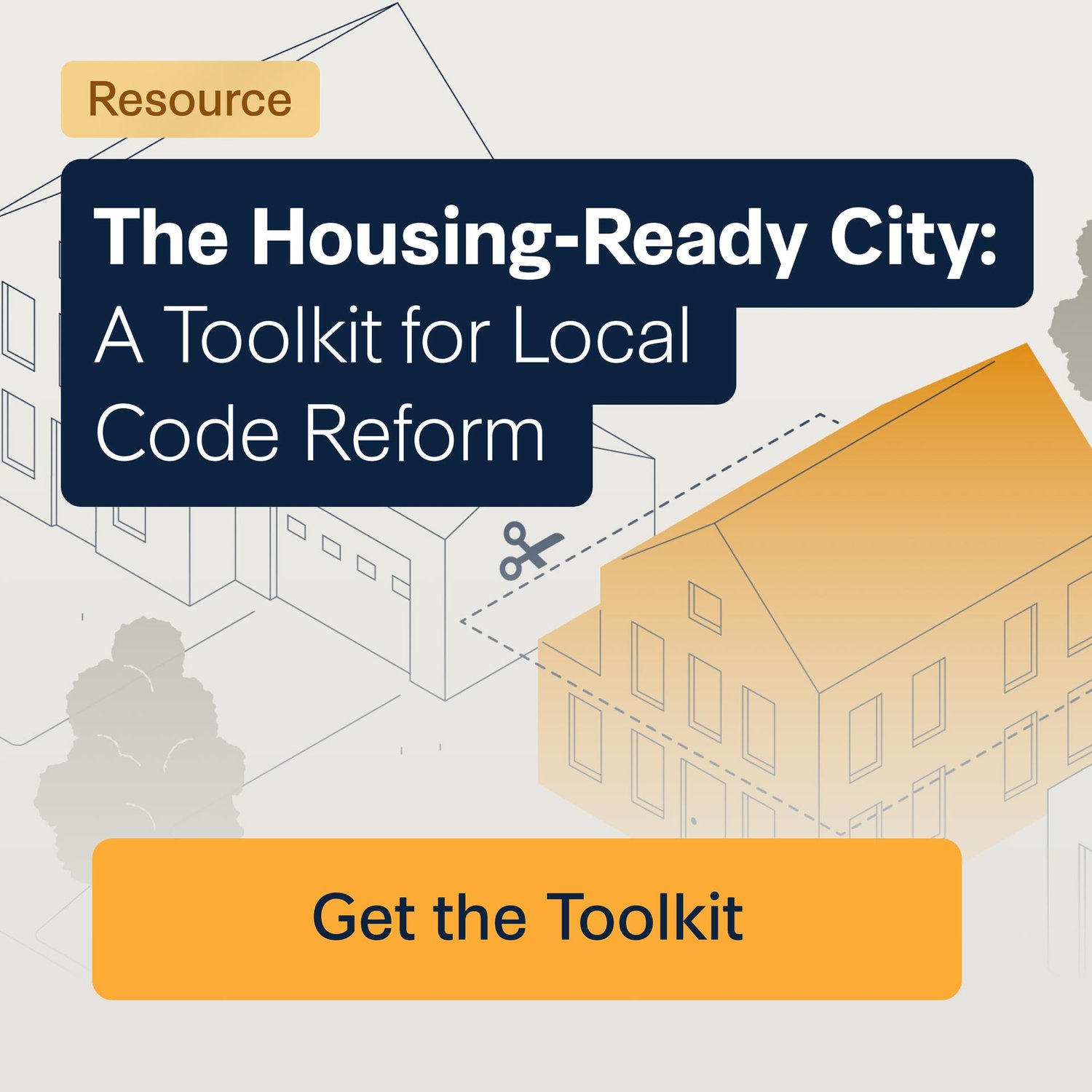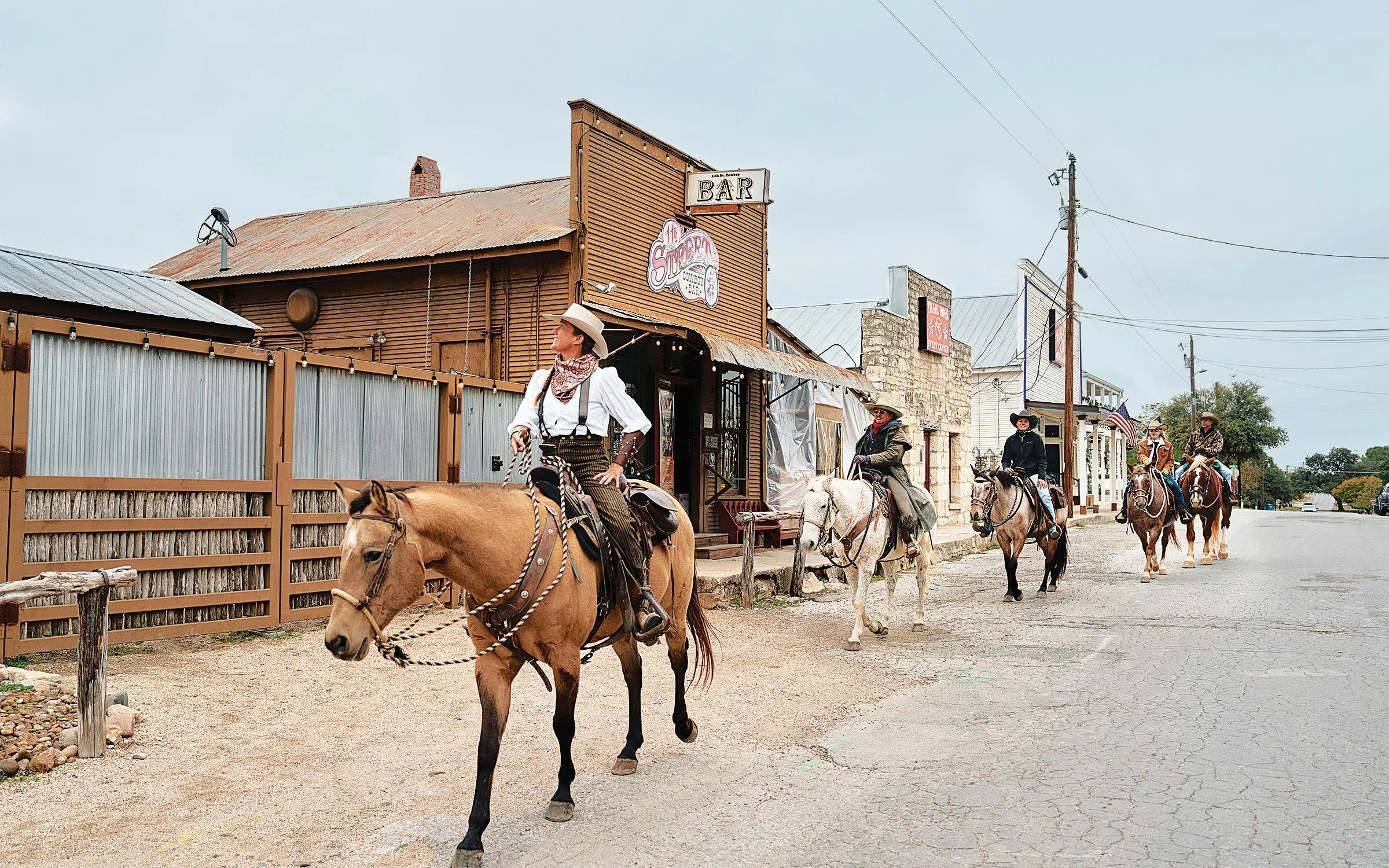Dallas Just Ditched Its Outdated Parking Rules—Here’s What That Means
Photo by Jake Kling.
On May 14, 2025, something big happened in Dallas. With a 14–1 vote, the City Council gave the green light to sweeping parking reforms—overhauling a code that hadn’t seen a major update since 1965. For decades, this outdated set of rules forced new businesses, homes, and restaurants to build more parking than they often needed, driving up costs and slowing down growth. Now, Dallas is flipping the script.
Here’s what’s in the new rules:
No more parking mandates downtown or near transit. If you’re building within a half-mile of light rail or streetcar stations, you no longer have to add a set number of parking spaces—freeing up space for housing, shops, or trees instead of asphalt.
Fewer parking requirements for homes. Most residential developments won’t need to meet any parking minimums. Large projects (over 200 units) still need to provide one space per unit—but that’s a big step down from previous standards.
Major relief for small businesses. Offices and most retail spaces are no longer on the hook for mandatory parking. Bars and restaurants under 2,500 square feet? No required parking at all. Larger ones? Fewer spaces than before.
A win for historic buildings. If a structure is officially designated as historic, parking mandates are gone—removing one of the biggest obstacles to restoring or reusing older buildings.
These reforms give developers, business owners, and homeowners more freedom to design spaces that actually make sense for their neighborhoods, their budgets, and their visions—without wasting money on parking spots that may go unused.
Real-World Impact: The Case of Slow and Steady Coffee
The implications of Dallas’ new parking reforms come into sharp focus when you consider the story of Germán Sierra. Sierra had a dream: to open a small neighborhood coffee shop in South Dallas. He had a location, a business plan, community support—and almost everything else needed to bring his vision to life. But one thing stood in his way: parking mandates.
Under the old city code, Sierra’s coffee shop was required to provide 18 parking spaces—far more than he had room for, and more than he believed his customers would actually use. The site simply couldn’t accommodate that many cars without either bulldozing part of the lot or making costly off-site arrangements. Worse, the requirement wasn't based on any contemporary data about traffic or neighborhood demand. It was a decades-old rule, based on square footage rather than actual need.
—> Revisit Sierra’s story in our archives: Death by Parking
Sierra’s Slow & Steady Coffee after it finally able to open. Unfortunately, that opening necessitated appeasing Dallas’ strict rules.
To comply, Sierra had to make difficult compromises. He sacrificed what could have been essential interior space—room for storage, additional seating, or even an office—in order to squeeze in just enough parking to open. It wasn’t the business he had envisioned, and the choice came with real financial and emotional strain. But after months of delays, costly studies, and endless paperwork, Sierra felt he had no choice but to move forward. Petitioning for a variance was technically possible, but with no clear timeline or guaranteed outcome, it wasn’t a risk he could take.
—> Read more: A Slow and Steady (but Bittersweet) Victory Against Arcane Parking Mandates
Sierra’s story became a case study in how well-intentioned parking rules can derail local entrepreneurship. And he wasn’t alone.
In a widely shared post following the City Council vote, Krista Nightengale of Better Block described a nearly identical situation along MLK Boulevard. A local restaurateur wanted to open in a long-vacant building—just 3,000 square feet. But under the old parking code, that meant 30 required parking spots. There weren’t 30 spots on site. To comply, they would’ve needed to either tear down nearby structures or monopolize the limited shared parking on the block, making it impossible for other businesses to move in.
After months of wrestling with bad options, they found a workaround—barely. But under the new reforms passed in May, that same restaurant would only be required to provide three parking spaces. “No buildings have to be torn down, no trees ripped out, and other businesses can move in with dedicated parking,” Nightengale wrote.
Stories like these helped build the case for reform. And with the new code now in place, future entrepreneurs in Dallas will have more flexibility to design their spaces around the needs of customers—not the demands of a decades-old parking formula. It’s a win not just for individual businesses, but for entire blocks of buildings that have sat vacant for years simply because they didn’t come with enough space for cars.
The Broader Impact
Beyond aiding small businesses, the elimination of stringent parking mandates is expected to have a major impact on housing affordability. Constructing parking—whether surface-level or structured—can add between $10,000 and $40,000 per space to the cost of a new home.
These added costs can make it financially unworkable to build “missing middle housing”—a term for modest housing types like duplexes, fourplexes, and cottage courts that fall between single-family homes and large apartment complexes. Even when a small-scale development does pencil out, the cost of required parking often gets passed along to tenants or buyers, driving up rents and sale prices for everyone.
Dallas community members at the historic 14-1 vote.
By removing these outdated mandates, Dallas is giving builders more flexibility to use land and resources for actual homes instead of storage space for cars. This could lower barriers to entry for small developers and help diversify the city’s housing stock—especially in areas where parking requirements previously made infill development infeasible.
Council member Chad West, a leading proponent of the reform, emphasized the broader stakes: "Parking and cost of housing go hand in hand. This is why I’m so excited to see these reforms move forward and help us keep historic buildings, allow small businesses to thrive, and make housing more affordable."
Dallas is Ready. Is Your City?
Around the country, communities are rethinking old rules to make room for new possibilities: more housing options, thriving small businesses, and neighborhoods that work for everyone.
Curious how your city measures up — or how you can push for change? The Housing-Ready Checklist and Housing-Ready Quiz are tools designed to help. Whether you're a local advocate, policymaker, or just someone who wants to see change, these resources can show you what’s working elsewhere and what’s possible at home.
RELATED STORIES








